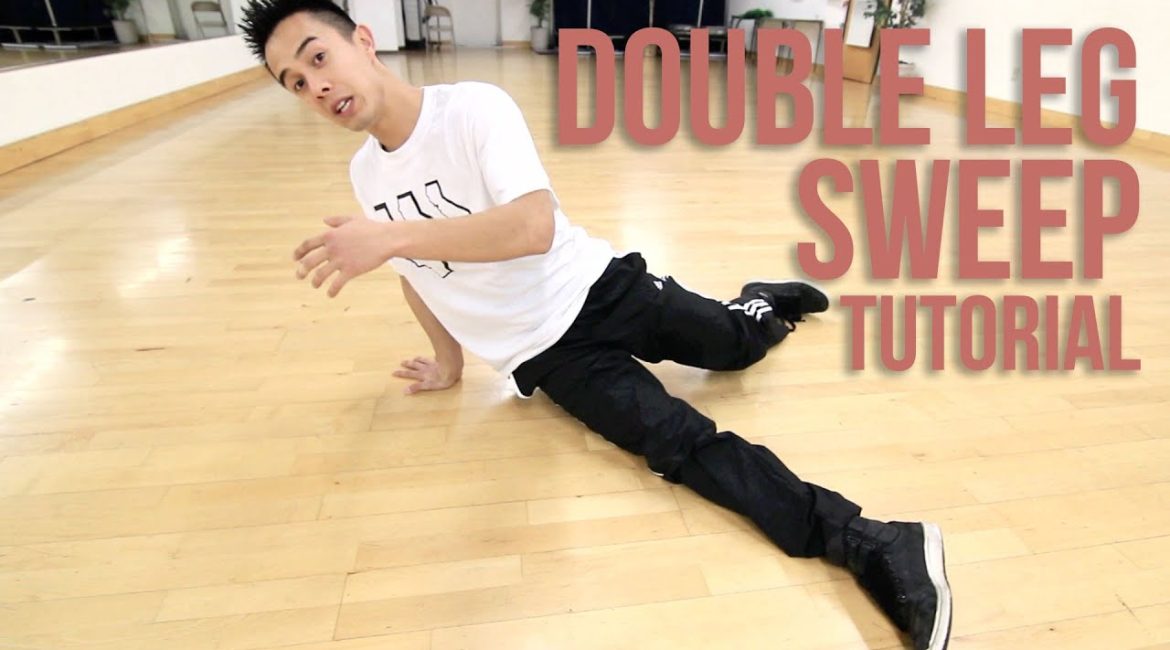In the dynamic world of breakdancing, the ability to seamlessly connect movements can set apart an average b-boy or b-girl from the truly spectacular. One such movement, which is vital yet often overlooked due to its subtlety and fluidity, is the Double Leg Flow. This blog post delves into how to master this foundational flow movement, ensuring that it serves as a bridge to enhance your overall dance performance by linking power moves and freezes with style and grace.
Understanding the Double Leg Flow
The Double Leg Flow is a transitional movement in breakdancing that helps dancers move smoothly from one pose or power move to another. While it may not be as flashy as windmills or headspins, its importance in creating a polished routine cannot be understated. The key to a successful Double Leg Flow lies in its smooth execution—any sign of hesitation or awkwardness can disrupt the visual fluidity of a performance.
Step-by-Step Breakdown
Step 1: Start with the Basics
Before diving into the Double Leg Flow, ensure you’re comfortable with basic breakdancing movements. The Double Leg Flow integrates these foundational movements into a fluid sequence, so familiarity with simpler flows is crucial.
Step 2: Initial Positioning
- Leg Position: Begin in a kneeling position with one leg stretched back and the other bent in front of you. The back leg will be the primary leg moving in the flow.
- Arm Placement: Place one arm on the ground for support, with your hand positioned slightly in front of your bent knee. This arm will bear most of your body weight during the transition.
Step 3: The Sweep
- Execution: From the kneeling position, lean into the arm that’s on the ground. Use this arm to lift your hips slightly off the ground.
- Leg Movement: As you lift, sweep the stretched leg (back leg) forward in a wide, circular motion. This leg should move fluidly from the back to the front, ending up beside the bent leg.
Step 4: The Switch
- Sitting Down: As you complete the sweep with your leg, smoothly transition into a sitting position where both legs are in front of you.
- Switch Legs: Quickly switch the positions of your legs. The previously stretched leg should now be bent, and the previously bent leg should stretch out.
Step 5: Increase Speed
- Practice: Initially, practice this movement slowly to ensure correct form and understanding.
- Speed Up: Once comfortable, begin to increase the speed of the sweep and switch. The goal is to make this transition appear effortless and instantaneous.
Common Challenges and How to Overcome Them
- Maintaining Smoothness: The biggest challenge in the Double Leg Flow is ensuring the movement does not appear choppy or disjointed.
- Solution: Focus on fluidity by practicing the movement slowly and gradually increasing the speed as you gain more control.
- Balance and Support: Using one arm for support while sweeping can be challenging initially.
- Solution: Strengthen your arms and core to improve balance. Practice arm placements and use them efficiently to balance your weight during the sweep.
- Coordination: Coordinating the arm lift with the leg sweep requires timing.
- Solution: Break down the movement into segments and practice each segment individually before linking them together.
Advanced Variations
Once you have mastered the basic Double Leg Flow, try adding variations to increase the complexity:
- Incorporate Spins: After the sweep, add a spin before sitting down to create a more dynamic movement.
- Integration with Power Moves: Use the Double Leg Flow to transition into or out of power moves like windmills or flares, showcasing your ability to combine flow with power.
Practice Tips
- Consistency Is Key: Regular practice is essential. Dedicate specific sessions to practicing just this flow to perfect it.
- Video Feedback: Record your sessions to visually identify areas that need improvement and track your progress.
- Peer Review: Practice with fellow dancers and ask for their feedback. Sometimes, external eyes can catch issues you might miss.
Conclusion
The Double Leg Flow is a subtle yet powerful tool in a breaker’s arsenal, essential for connecting more complex movements in a routine seamlessly. By mastering this flow, you ensure your performances are not just a series of moves, but a cohesive, fluid expression of art. Practice diligently, focus on the details, and soon, the Double Leg Flow will become a natural part of your dance that impresses judges and audiences alike. Keep the culture alive, and let your creativity flow through every move!


Leave a reply